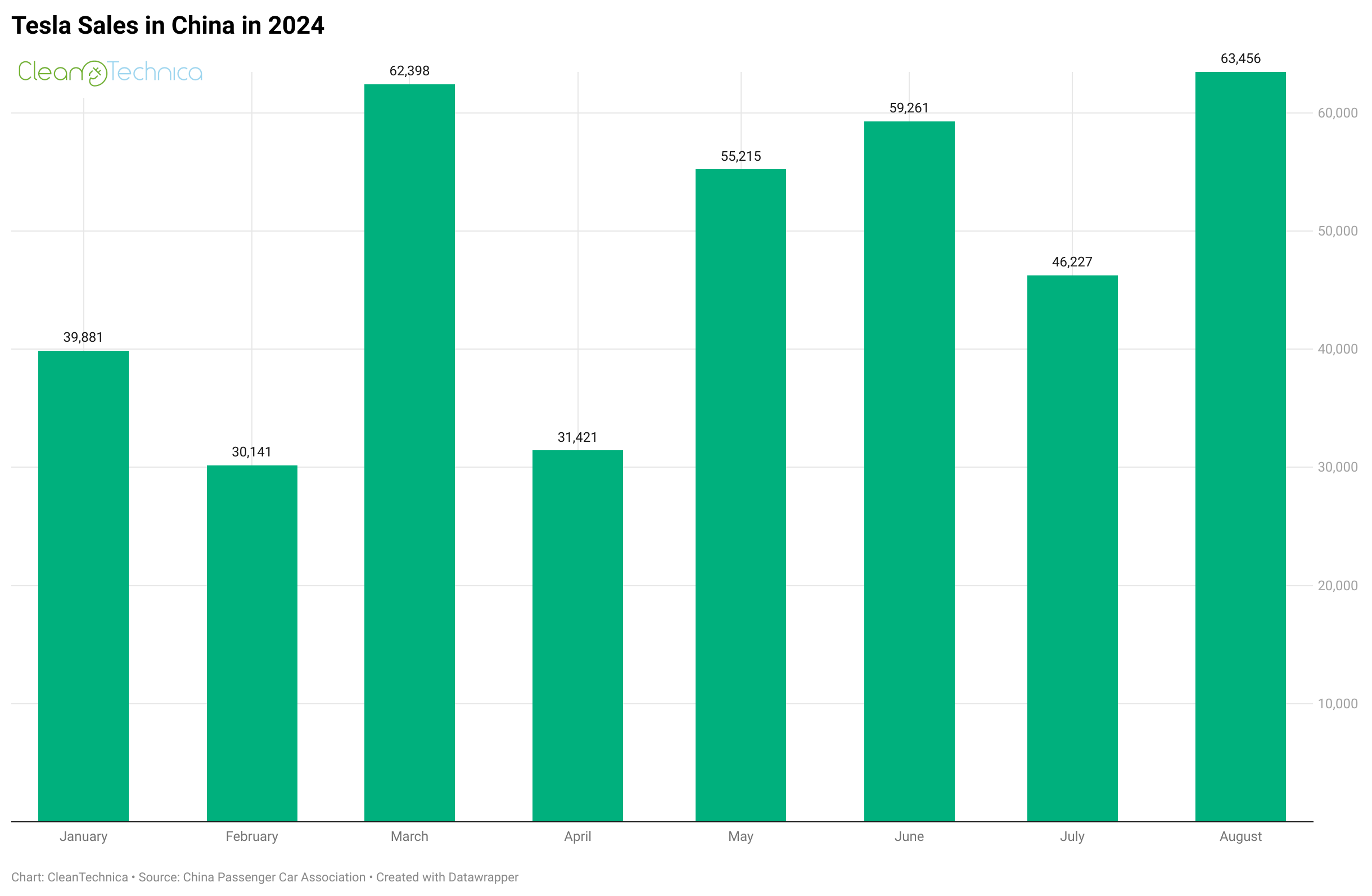
Sign up for daily news updates from CleanTechnica on email. Or follow us on Google News!
Recent news out of the UK shows us just how serious the hidden effects of air pollution can be. After one year of implementing a “clean air zone,” one city found that hospital and doctor spending reduced by over 30,000 pounds per month! More important than the money is the improvements to human health, with respiratory illnesses going down 25% and heart problem visits reduced by 24%.
In just that one city, this amounted to 732 fewer hospital visits per month, which doesn’t sound like a lot. But, if you extrapolate this to larger populations, it means that there are many thousands of people who are killed by air pollution every month. For example, a recent AMA update says that roughly 2,500 people die from heart disease every day in the United States. If we could reduce those deaths by 25%, we could possibly save over 600 people a day, almost 19,000 people per month, or a staggering 225,000 people per year.
The problem comes in when we talk about the details of saving these lives. Nobody getting into an ICE vehicle in the morning thinks too much about the effects of what they’re doing. Unlike driving foolishly and running a pedestrian down, there’s no clear link between the driver and the person who dies from pollution. People really are dying, but nobody can see the car cause the injury, so nobody wants to make a sacrifice to improve the situation.
While there are certainly some downsides to the kind of health system the UK has (and they seem to be very skilled at running into the downsides and making it into the papers), one definite upside to what the UK is doing here is that clear data becomes available to show the real link between the ICE vehicles and the real human suffering and death that happens. You really couldn’t ask for better conditions to test how many people can be saved than removing most polluting vehicles from a given area.
It’s Still Tough To Swim Upstream Against Misinformation
Even armed with this clear data showing that getting ICE engines out of cities would save lives and reduce suffering, it’s just a drop in an ocean of information that people encounter every day. Not only is there lots of other good and true things to learn about, but there’s also a lot of garbage information out there discouraging people from making the switch to EVs, e-bikes, or electric transit where available. Things like “The grid can’t handle it,” “EVs are powered by COAL!” and “Only the rich can afford them,” are still floating around online despite numerous good debunks that have been posted online.
Sadly, it all comes down to repetition. These false ideas and out of context half-truths prevail because they’re shared over and over and over. When people hear something a bunch of times and don’t have the time to check the veracity themselves, it just becomes “common sense” that you can’t talk them out of.
So, we need to be getting out there and sharing the facts over and over and over. By keeping it simple with something like, “Clean air zones reduce heart disease by 25%, saving lives.” does the trick.
Featured image: low-hanging smog. Image by the EPA (Public Domain).
Chip in a few dollars a month to help support independent cleantech coverage that helps to accelerate the cleantech revolution!
Have a tip for CleanTechnica? Want to advertise? Want to suggest a guest for our CleanTech Talk podcast? Contact us here.
Sign up for our daily newsletter for 15 new cleantech stories a day. Or sign up for our weekly one if daily is too frequent.
CleanTechnica uses affiliate links. See our policy here.
CleanTechnica’s Comment Policy




